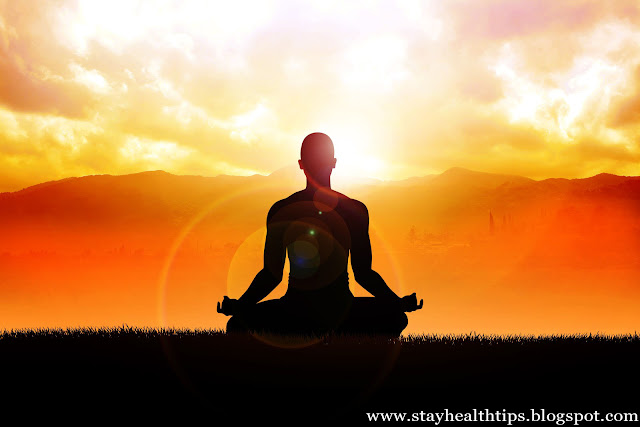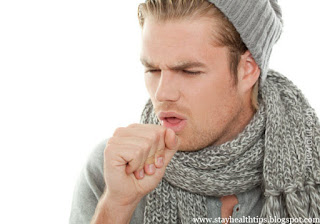Daily Health Tips: Puberty – it's a insane time. Your body's changing, as is
everything else. In any case, what is bringing on every one of these changes?
Well, you know how everybody says that puberty is all in regards to raging
hormones; it's sort of true.
Hormones that were hibernating suddenly awaken and signal
your body to enter puberty. You may think this does not mean a lot but,
hormones cause the changes that are connected with puberty.
1: Timing of
Puberty
2: Body Hair
3: Genitalia
& Pubic Hair
4: Acne
5: Voice Change
6: Possible
Breast Development
7: Growing
1: Timing of Puberty
Puberty starts at diverse times and lasts for distinctive
periods of time for everybody. It can start as early as 9 years old to as late
as 13 1/2 years old. The arrangement of pubertal development usually ranges
from 2 to 5 years.
This is sometimes exceptionally difficult, as some of your
peers may have completed and entered puberty before you have even started.
There is no way to speed up or slow the procedure, but puberty happens to
everybody, so never fear, it will happen to you!
The following is a general time line for physical changes
that happen during puberty (for boys):
Puberty
Event Age at which it happens
Growth of pubic hair 10-15
Body Growth 10
1/2 -16 1/2
Growth of testicles & scrotal sac 10-13
1/2
Growth of penis 11-14 1/2
Change in voice About
the same time as penis growth
Facial & Underarm Hair About 2 years after pubic hair
appears
Acne About
the same time as underarm hair appears
2: Body Hair
Facial hair first shows up at the corners of your upper lip
and then spreads over the upper lip, to the upper sides of the cheek,
underneath the bottom lip, and finally to the sides of your chin and your face.
Underarm hair is additionally growing at this time also.
3: Genitalia & Pubic Hair
In the early phases of puberty, the scrotum grows larger and
you might encounter notice texture change in the scrotal skin and some
reddening of the skin. Pubic hair might start showing up at the base of your
penis.
While the scrotum grows, the penis increases in length and
has a smaller increase in width. About a year after your penis starts growing,
most boys have their first ejaculation - Health Tips. This is at times scary or worrisome to
boys, but it is perfectly normal and a
part of the pubertal process.
In the meantime, you might additionally be noticing that
more pubic hair is growing and that it is becoming coarser, curlier, and
darker. The penis keeps on grow, and the head of the penis develops. The
scrotal skin gets darker and the scrotum likewise keeps on grow.
When the penis is fully developed, pubic hair will have
grown like an upside down triangle around your penis and will probably have
spread to your thighs also. There is no healthy or natural way to increase
penis size, and it is true: size does not make a difference.
4: Acne
Going with underarm hair growth, your sweat and oil
producing glands additionally start developing, which eventually results in
acne when these glands are stopped up. In order to avoid breakouts, you ought
to wash your face twice daily. If you still routinely break out, you may want
to speak with a dermatologist.
5: Voice Change
Your voice extends, and while the procedure is gradual, you
might encounter your voice breaking at times. This is ordinary and natural, so
do not worry about it.
6: Possible Breast Development
During puberty, a few boys do experience slight breast
growth, however this is normally temporary and disappears before long. However,
if it does not disappear after puberty and continues to worry you, you might
want to consult your specialist about it.
7: Growing
Puberty can likewise make you experience a growth spurt,
which results in an average growth of about 4.1 inches a year. Your hands,
head, and feet are the first things to grow. Then you grow in your legs and
arms, and lastly your torso and shoulders catch up with the rest of your body.



















